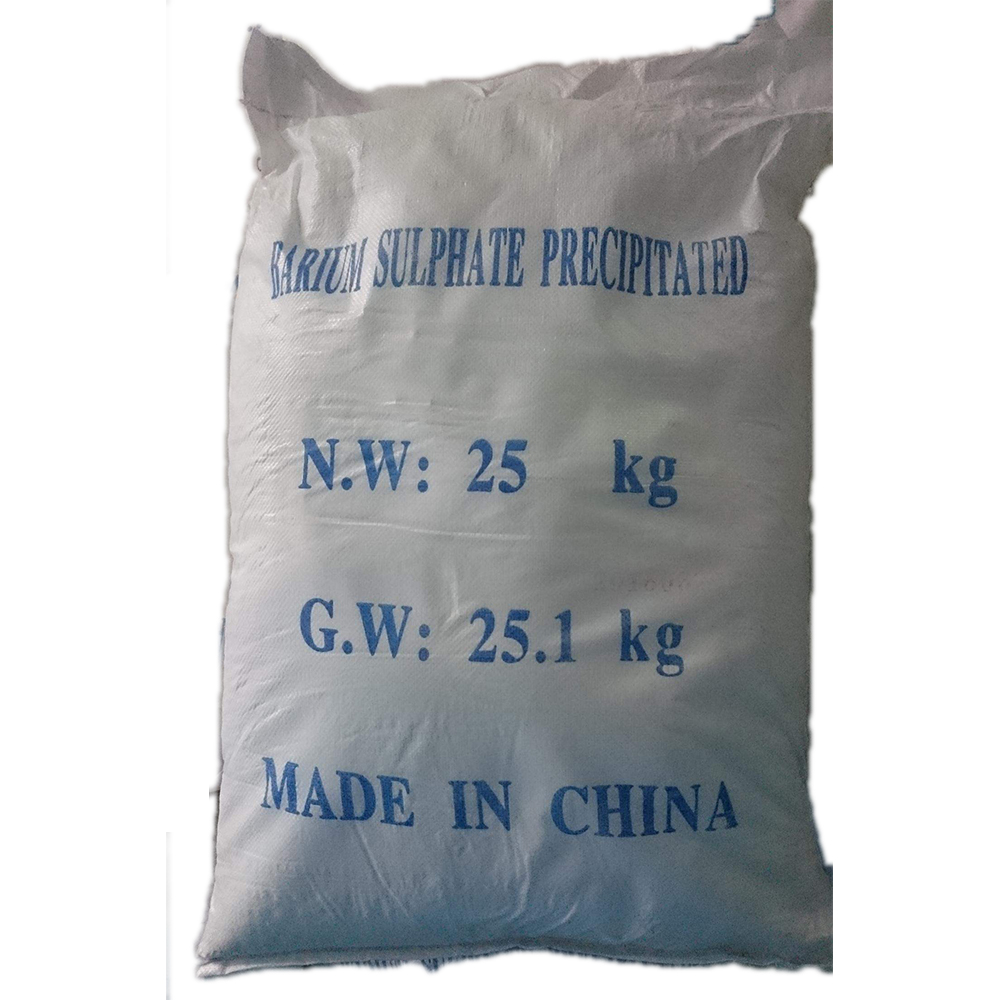



function of sodium hydroxide
The Function of Sodium Hydroxide An Essential Chemical in Industrial and Laboratory Settings
Sodium hydroxide (NaOH), commonly known as lye or caustic soda, is a highly versatile and important chemical compound with a wide range of applications in various industries and laboratory settings. Its unique properties, such as its strong alkalinity, make it an invaluable agent in numerous chemical processes, making it a staple in both industrial applications and everyday products.
One of the primary functions of sodium hydroxide is its role as a strong base. In aqueous solutions, NaOH dissociates completely into sodium ions (Na⁺) and hydroxide ions (OH⁻). This high concentration of hydroxide ions makes it a powerful alkaline substance capable of neutralizing acids. Due to this property, sodium hydroxide is commonly used in the production of soaps and detergents. In this process, it reacts with fatty acids through saponification, resulting in the formation of soap and glycerin. This reaction highlights sodium hydroxide's importance not only in industrial chemistry but also in our everyday lives, as soaps and detergents are essential for cleaning and hygiene.
The Function of Sodium Hydroxide An Essential Chemical in Industrial and Laboratory Settings
In the chemical industry, sodium hydroxide serves as a reactant in various synthesis reactions. It is used in the production of various chemicals, including sodium hypochlorite, which is an active ingredient in household bleach. The process of making sodium hypochlorite involves the reaction of chlorine with sodium hydroxide, demonstrating NaOH's utility in the synthesis of disinfectants and bleaching agents. Moreover, sodium hydroxide is employed in the production of biodiesel, where it acts as a catalyst in the transesterification process that converts triglycerides (fats and oils) into fatty acid methyl esters (biodiesel) and glycerol.
function of sodium hydroxide

In laboratory settings, sodium hydroxide is a preferred reagent due to its alkaline nature. It is commonly used in titration experiments to determine the concentration of acidic solutions. By adding NaOH, scientists can accurately gauge the pH levels of solutions and correctly identify the equivalence point during titrations. Furthermore, its ability to dissolve many organic compounds makes sodium hydroxide a useful tool in organic chemistry laboratories for extraction and separation processes.
In addition to its industrial and laboratory applications, sodium hydroxide plays a significant role in water treatment. It is used to adjust the pH of water, helping to neutralize acidic water sources and thereby making them safer for industrial discharge and human consumption. By maintaining appropriate pH levels, sodium hydroxide helps to protect infrastructure and aquatic life from damage resulting from acidic pollutants.
Despite its numerous applications, sodium hydroxide must be handled with care due to its corrosive nature. It can cause severe chemical burns and reactions with certain materials. Therefore, safety precautions such as wearing protective gear and adhering to proper storage guidelines are crucial when working with this chemical.
In conclusion, sodium hydroxide is an essential compound with diverse functions in various fields, including industrial production, laboratory research, and environmental management. Its strong basic properties make it a valuable agent in cleaning, manufacturing, and chemical synthesis. As we continue to explore and utilize this versatile substance, it is imperative to recognize its significance and handle it responsibly to ensure safety and efficacy in its many applications.
-
Why Sodium Persulfate Is Everywhere NowNewsJul.07,2025
-
Why Polyacrylamide Is in High DemandNewsJul.07,2025
-
Understanding Paint Chemicals and Their ApplicationsNewsJul.07,2025
-
Smart Use Of Mining ChemicalsNewsJul.07,2025
-
Practical Uses of Potassium MonopersulfateNewsJul.07,2025
-
Agrochemicals In Real FarmingNewsJul.07,2025
-
Sodium Chlorite Hot UsesNewsJul.01,2025










